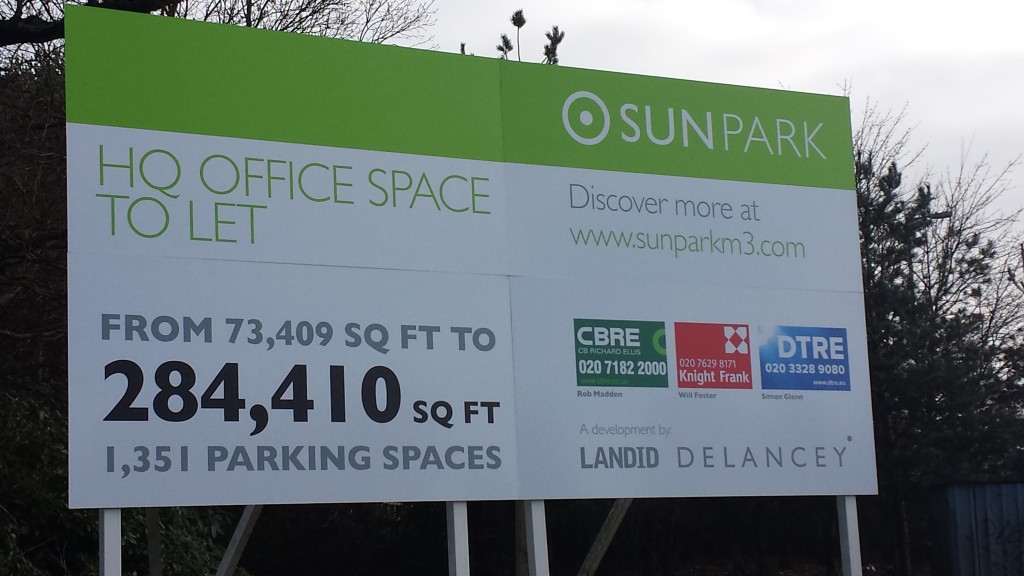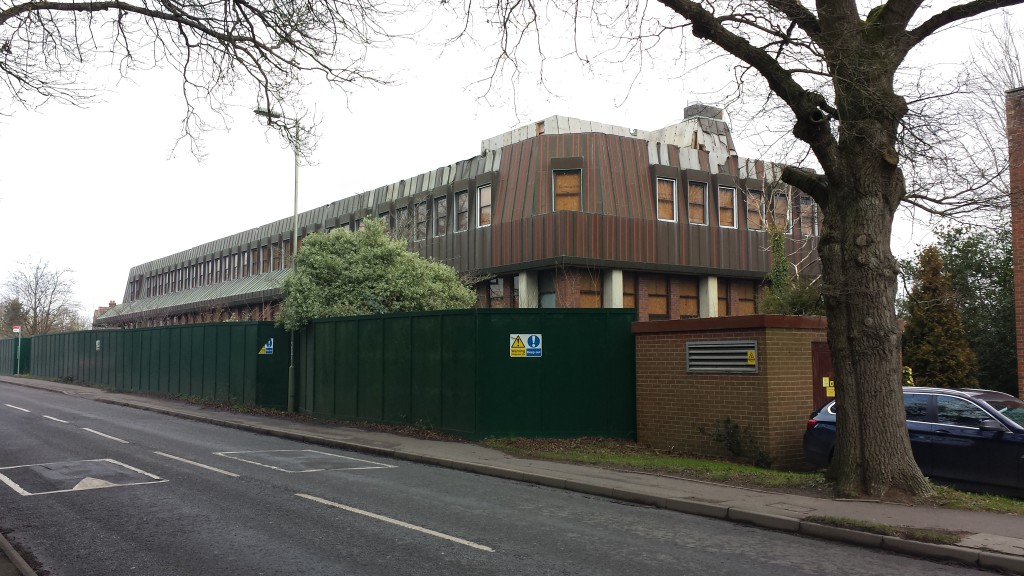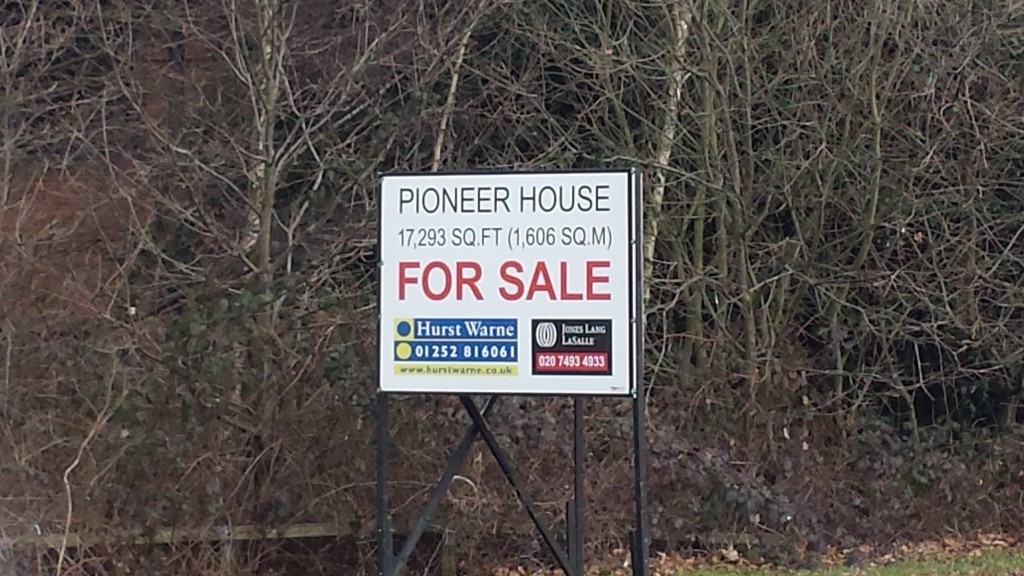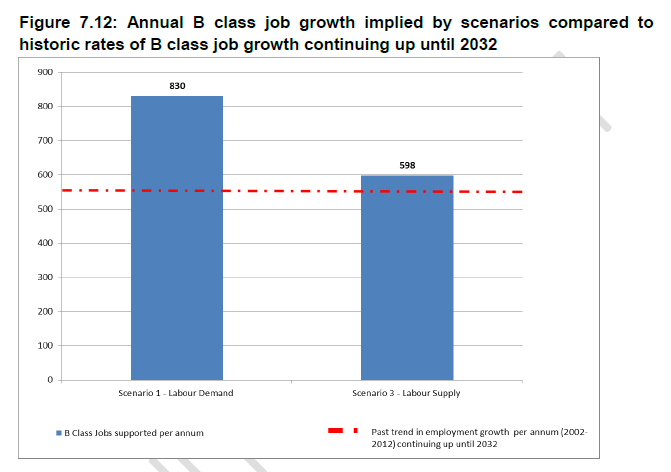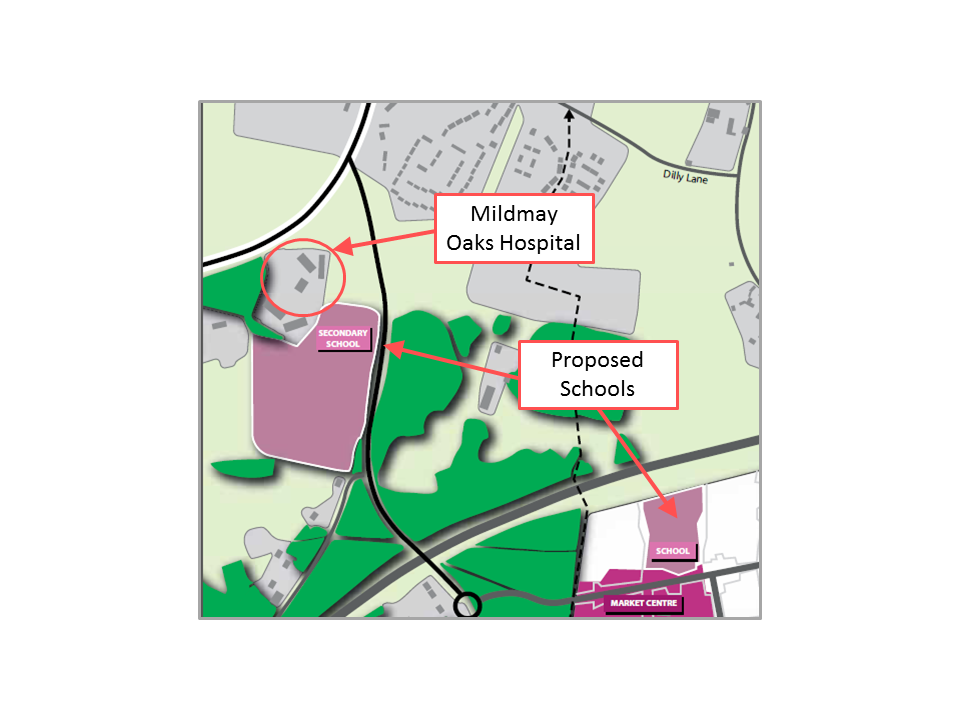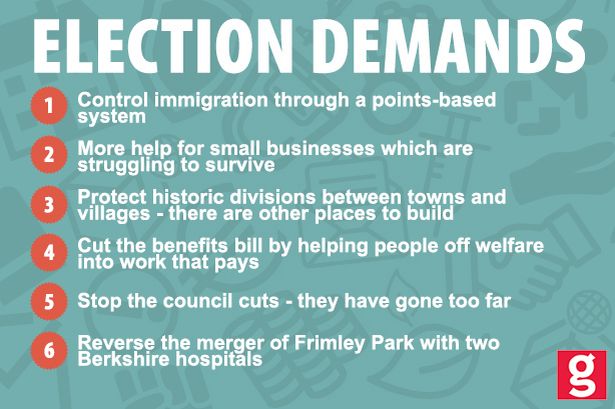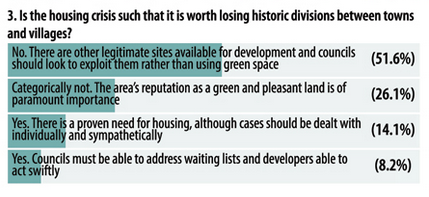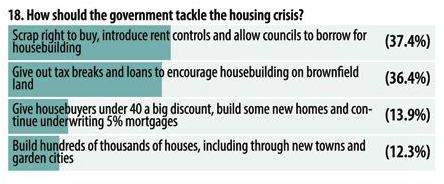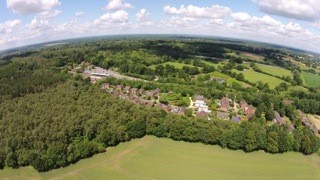
Protect our green fields
We know that progress on the Local Plan for Hart District is slow and that it is not going in the direction many would like to see. We thought it was time to outline an alternative approach, and see if Hart Council and the candidates for election will change their minds. Below we set out a five point plan for change:
- Create a medium growth scenario
- Create a formal brownfield option and invite a competition to design the art of the possible
- Do the work and consult upon the additional elements of a proper Local Plan
- Consider the Environment and Landscape
- Fix the management and governance problems
1. Create a Medium Growth Scenario
We need to work on creating a reasonable, alternative “medium growth” scenario to go alongside the current “high growth” scenario. We have posted earlier about why we believe the SHMA is flawed (as shown here and here) and is forcing us to build too much – 7,534 houses in Hart plus 3,100 extra from Surrey Heath and Rushmoor. Hart District Council should work with Rushmoor and Surrey Heath work to create a joint new, “policy on” lower housing requirement for the whole Housing Market Area that:
- Takes account of the environmental damage that large scale over-development would cause to our valuable countryside and the green belt in Surrey Heath
- Uses more realistic jobs growth assumptions of say around 650-750 jobs per annum over the cycle which is above what was achieved over the last economic cycle as opposed to the existing assumption in the SHMA of 1,130 jobs per annum
- Uses more realistic inward migration and household size assumptions.
The more realistic assumptions above could reduce the overall housing “need” for the combination of Hart, Rushmoor and Surrey Heath by around 8,000 dwellings from 23,600 to 15,790. We believe this would relieve the pressure on all three districts, and in particular, reduce the pressure on Hart to take the unmet needs of Surrey Heath and Rushmoor Boroughs.
2. Create a formal brownfield option and invite a competition to design the art of the possible
We have already demonstrated that Hart has no effective brownfield strategy. Hart Council should create a new, formal “reasonable suitable alternative” option of meeting the housing need solely through brownfield development. This should involve the following:
- Creating a complete database of all of the potential brownfield sites in the district, including those not yet in the SHLAA and those not yet formally promoted to the council, including sites such as Bramshill House, Pyestock (aka Hartland Park), Sun Park, Ancells Farm, Bartley Wood, Fleet High St and all of the run down town centres (e.g. Fleet, Yateley, Blackwater and Hook).
- Inviting leading architects to compete to produce some visionary outline schemes of what a “brownfield solution” might look like for the district, taking into account changing demographics, changing shopping habits driven by the internet and achievable housing densities.
- Organising a conference with the architects, land owners, developers and local community representatives with the objective of identifying the art of the possible for brownfield development amongst the competing solutions from the architects.
This could be done in conjunction with the neighbouring authorities of Surrey Heath and Rushmoor.
3. Do the work and consult upon the additional elements of a proper Local Plan
Hart District Council needs to work on the other elements that should make up a local plan such as education, retail, transport, employment, meeting the needs of the ageing population and other infrastructure. Hart should conduct suitable, high level strategic analysis to build an evidence base to answer the following questions:
- Education. How many school places will we need and where in both the current “high growth” and proposed “medium growth” alternative requirement scenarios? How might these be delivered and what are the costs of the alternatives?
- Retail. What is the range, type and location of shops required across the district, taking into account changing shopping habits, the growth of the internet, changing demographics and the alternative growth scenarios? How will we regenerate our high streets?
- Transport. What investment will be required in the major road and rail infrastructure under both growth scenarios? Considering alternative sites for each of the development options (including the new “brownfield option”), what investment will be required in minor roads, making broad assumptions on the location of alternative sites?
- Employment. This review should be conducted across the Hart, Surrey Heath and Rushmoor. What types and quantities of employment land will be required under the alternative growth scenarios, taking into account changing work structures and habits; what is the current forecast surplus/deficit in 2032? Would any extra employment land need to be found? How much current employment land could be released for housing?
- Other infrastructure. It is likely that a new town, particularly in Winchfield, would require even further infrastructure spending due to its current lack facilities such as mains sewage and mains gas. What is the cost of providing additional infrastructure for a new town such as sewage, gas, roads, electricity, rail etc?
- Ageing Population. What type of housing is required to meet the needs of the 6,850 extra people aged over 75 and the extra 3,620 people who will be suffering from dementia or have some sort of mobility problem and where should it be located?
For each option and scenario Hart should outline the total cost of infrastructure spending required and the likely contribution from developers so that a proper financial model can be created.
4. Consider the Environment and Landscape
Fourth, Hart should conduct the other studies that are required to update the evidence base such as the landscape character assessment and an assessment of the potential damage caused to our wildlife by over-development.
Once this work has been completed, Hart District Council should carry out a new Regulation 18 consultation on the above that includes both a medium and high growth scenario and the properly evaluated options for meeting the housing need including the new proposed “brownfield” option. It would be preferable if the current “Option 4 – New town at Winchfield” (or indeed a new settlement anywhere in Hart) was dropped as an option. It will be important for the council to step up its engagement efforts during this period to ensure that a much larger proportion of the public responds to the consultation.
After the results of the consultation is known, firm up a preferred growth scenario and delivery option(s) to work up into a more detailed Local Plan and conduct an exercise to ensure democratic endorsement of the preferred option. This could take the form of a district wide referendum or a series of Parish Polls, followed by a Regulation 19 consultation before submission to the inspector.
5. Fix the management and governance problems
Finally, Hart need to work on the setting up the Local Plan project properly and address the governance deficiencies. There is clearly no properly defined scope or deliverables as the recent questions to the Planning Inspector demonstrate. Moreover, the timeline keeps slipping as we were originally supposed to have been consulted on a draft plan in March 2015, and it is clear that Hart is nowhere near that milestone even though it has dropped that consultation from its plan. This indicates the Local Plan project is not properly resourced. The Council needs to appoint a suitably qualified, experienced project manager, follow a properly recognised project management methodology such as Prince 2 and invest in the proper resources required to carry out the project on time to proper quality standards.
Given the prior failure of the earlier Local Plan at inspection and the current hopeless path the new Plan is taking, it is also clear that the governance of the Local Plan is deficient, with power effectively concentrated into the hands of only two people. The Council needs to explore ways of separating powers so that there is better transparency and accountability on both the “officer” and “member” sides. We suggest that the project should report to the joint chief executive who is not also in charge of planning; that roles of council leader and portfolio head for planning are carried out by two separate people and the council members elect a more proactive and capable chairman. This should lead to a wider range of opinions to be heard and appropriate checks and balances to be implemented.
It remains to be seen if our Parliamentary candidates or our Hart District Council candidates will endorse this plan.
If you would like to join the campaign to change Hart’s mind, please sign and share our petition.
Go to Petition
